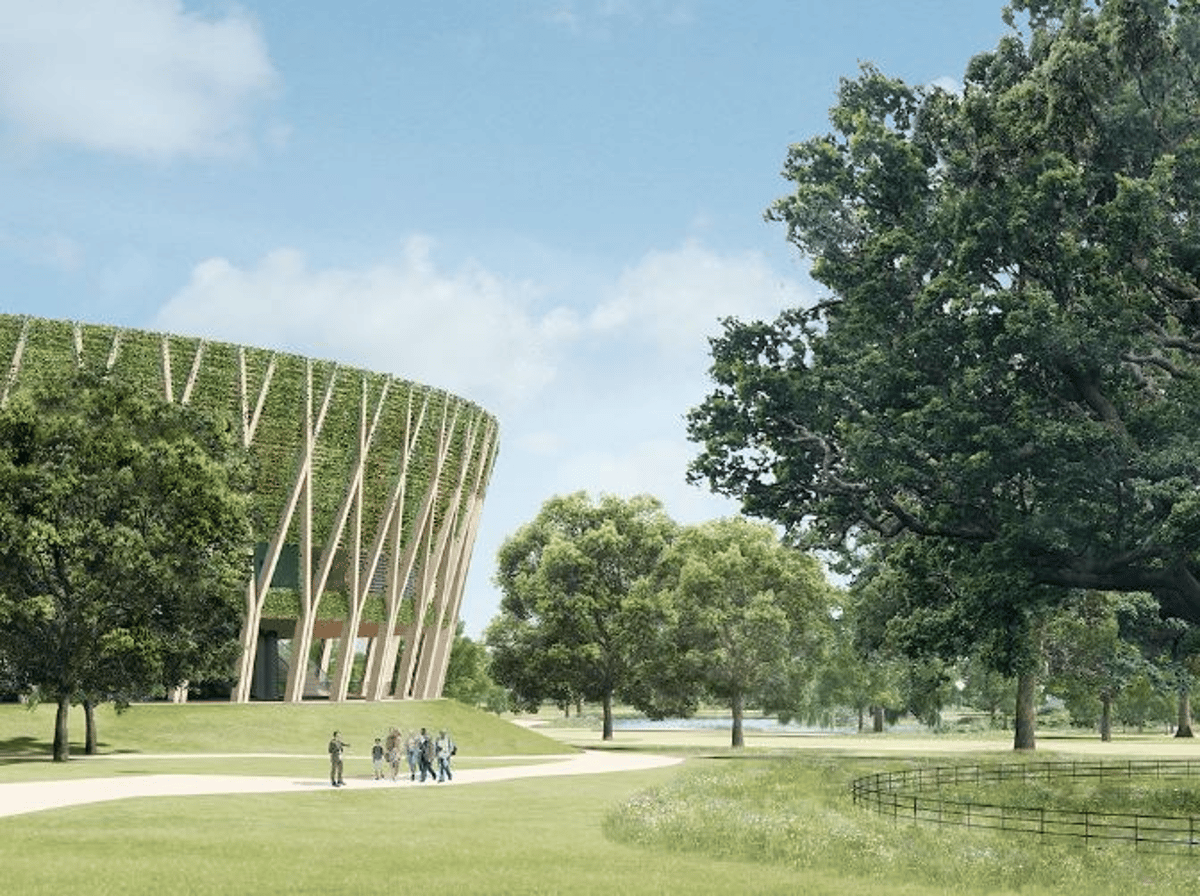Wimbledon's £200m Expansion Victory in High Court Battle

Wimbledon Tennis Expansion Moves Forward
A £200 million expansion of the iconic Wimbledon tennis venue is set to proceed after a High Court judge ruled against efforts to halt the development. The decision marks a significant milestone in a long-standing legal battle involving local campaigners and the All England Lawn Tennis Club (AELTC). The plans include 39 new courts and an 8,000-seater stadium, which have sparked both support and opposition.
The campaign group Save Wimbledon Park (SWP) had launched a judicial review to block the proposals, arguing that the Greater London Authority (GLA) failed to properly consider key redevelopment restrictions tied to the land. These restrictions were established when AELTC’s parent company acquired the former Wimbledon Park golf club freehold in 1993. However, Mr Justice Saini rejected the group’s bid, calling the GLA’s decision a “planning judgment rationally exercised and having regard to appropriate and relevant factors.”
Despite the ruling, SWP has indicated it will appeal the decision. The legal dispute arose from the GLA granting planning permission for the development. Sasha White KC, representing SWP, emphasized that the land—partly designed by Lancelot “Capability” Brown—is a protected heritage site. She argued that historic covenants should have been taken into account. However, the GLA and the tennis club maintained that the restrictions did not exist and that the decision was made appropriately.
Initially, Merton Council approved the plans, but Wandsworth Council rejected them, prompting City Hall to step in. Sir Sadiq Khan, the Mayor of London, recused himself from the decision, and his deputy, Jules Pipe, ultimately supported the proposal, stating that the benefits would outweigh the potential harm.
Sir Sadiq welcomed the court ruling, calling it “welcome news that will cement Wimbledon’s reputation as the greatest tennis competition in the world and London as the sporting capital of the world.” Deborah Jevans CBE, chairwoman of the All England Club, expressed delight at the outcome, noting that over 10,000 people had engaged with the club to understand the plans in detail. She added that most people want the project to move forward quickly.
Environmental groups such as Natural England and the London Wildlife Trust have also backed the expansion. The club claims that bringing the private golf course back into public use will provide 27 acres of parkland accessible to the community. Additionally, the club has committed £15 million to enhancements, including a lakeside boardwalk, a water sports centre, and a children’s play park.
The expansion is seen as necessary to keep Wimbledon competitive with other Grand Slam tournaments like the French Open and the US Open. Current facilities are limited, with qualifying rounds held in Roehampton and practice areas constrained. However, opponents argue that the project could harm biodiversity and pose risks to safety and air quality due to increased construction traffic in an area with many students walking to school.
Comedian and writer Andy Hamilton has joined the campaign against the expansion, calling it “absurd” and warning that it could “decimate the park” at great cost to the environment and community. SWP remains determined to challenge the court’s decision, claiming that the GLA made a significant legal error in handling the park’s special status.
Christopher Coombe, director of SWP, expressed concerns that the ruling could set a dangerous precedent for protected green belt and public spaces across London and the country. He urged the All England Club to engage constructively with campaigners to resolve the four-year-old dispute.
As the debate continues, the expansion project moves forward, with the future of Wimbledon’s iconic grounds now hanging in the balance.
Post a Comment for "Wimbledon's £200m Expansion Victory in High Court Battle"
Post a Comment